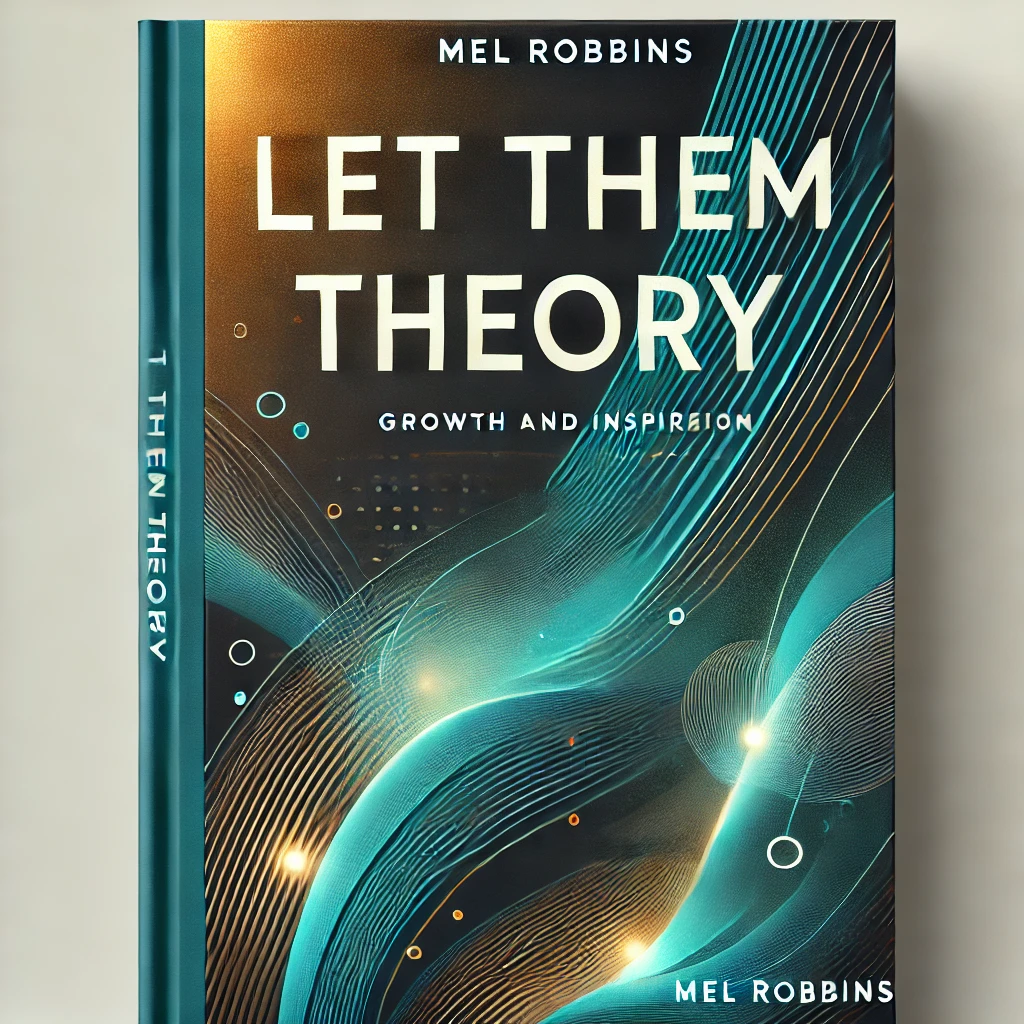Introduction to the “Let Them Theory”
Mel Robbins introduces the “Let Them Theory” as a very potent frame of work in handling relationships and stress. Essentially, the theory emphasizes the need for others to decide for themselves, even though such decisions may not align with one’s needs. Robbins advises embracing the release of control, which fosters a healthier outlook and enhances social interactions
Understanding the Essence of “Let Them Theory”
The basis of Robbins’ theory is one simple yet deep principle: letting go. Let others act in their own ways. You have no reason to be upset over the frustrations that result from others; instead, you should learn from yourself. The essential elements include:
- Detaching from Outcomes: Cease your efforts to influence how people behave or respond.
- Accepting Autonomy: Realize that other people deserve their choices, even when you do not agree.
- Reducing Stress: You release your burden of micromanaging and let go.
- Deepening Relationships: The tendency of people to make their own decisions makes them more connected.
The Psychological Gains of “Let Them”
- Better Mental Health: The release of control reduces the level of anxiety and stress.
- Increased Concentration: Channeling energy towards personal goals increases productivity.
- Better Self-Awareness: One can better understand his boundaries when he stops focusing on others.
- Empathy: Letting others make their choices helps in developing patience and compassion.
Key Takeaways from “Let Them Theory”
Lesson 1: The Change of Perspective
Robbins encourages readers to look at things in a different lens. For instance, take the example of when plans are cancelled. Instead of getting angry, think about the liberty it gives to focus on yourself. From this change of perspective, what was once frustration became an opportunity for growth.
Lesson 2: Limits and Respect
A significant takeaway is the importance of establishing boundaries while respecting others’ autonomy. By saying, “Let them,” you affirm your boundaries without compromising your peace of mind.
Lesson 3: Trust the Process
Life is unpredictable, and controlling others’ actions often leads to disappointment. Robbins highlights the value of trusting life’s natural flow and focusing on what truly matters—your journey.
Lesson 4: Liberation Through Letting Go
It has nothing to do with apathy, though; it is about empowerment. Letting people decide their way, you are liberating yourself from unnecessary responsibility weight.
Practical Steps in the “Let Them Theory”
1. Pause and Reflect
2. Set Clear Priorities
Focus on areas where your input genuinely matters. This will help you conserve energy for meaningful pursuits.
3. Mindfulness
Mindfulness exercises, such as meditation, can strengthen your tendency to let go of control.
4. Open Communication
Share your feelings with others without asking them to change. Effective communication is the key to mutual understanding.
5. Celebrate Small Wins
Every time you successfully apply the “Let Them Theory,” acknowledge your progress. Positive reinforcement motivates long-term change.
Real-Life Applications of “Let Them”
Personal Relationships
Workplace Dynamics
Parenting Strategies
Friendships
When friends make choices that you don’t agree with, then saying “let them” helps preserve the relationship and prevents unwanted tension.
Correcting Common Misconceptions
Misconception 1: Letting Them Means Indifference
Some would think that this theory is either passive or uncaring. However, Robbins clears things up by stating that “letting them” is about letting go of control, not pulling back support.
Misconception 2: Letting Go Is Weakness
Popular opinion aside, letting go is difficult because it takes great strength and self-control. It speaks of personal growth and healthy relationships.
Misconception 3: You Lose Power
According to Robbins, influence and power are two different things. Influence is about leading by example and triggering change; power is about telling what happens.
Why the “Let Them Theory” Rings Home
This concept is universally appealing, being simple and relevant. It’s liberating, at a time when the need for control is more or less felt. The “Let Them Theory” works because it:
- It addresses everyday problems like stress and frustration.
- It gives a very practical, workable structure.
- It promotes self-improvement and emotional intelligence.
Conclusion: Adopting the “Let Them Theory”
Mel Robbins’ ‘Let Them Theory‘ offers profound insights into maneuvering through the intricate challenges of life If we take this into our lives, we will become more healthy in our relationships, reduce stress, and concentrate on personal growth. Letting go is not an easy journey, but it pays off profoundly.












